Pioneering tool expanding to analyse agricultural pollution and support water-quality interventions
An online tool that shows which roads are most likely to cause river pollution is being expanded to incorporate methods to assess pollution from agricultural areas.
06/02/2025 By BGS Press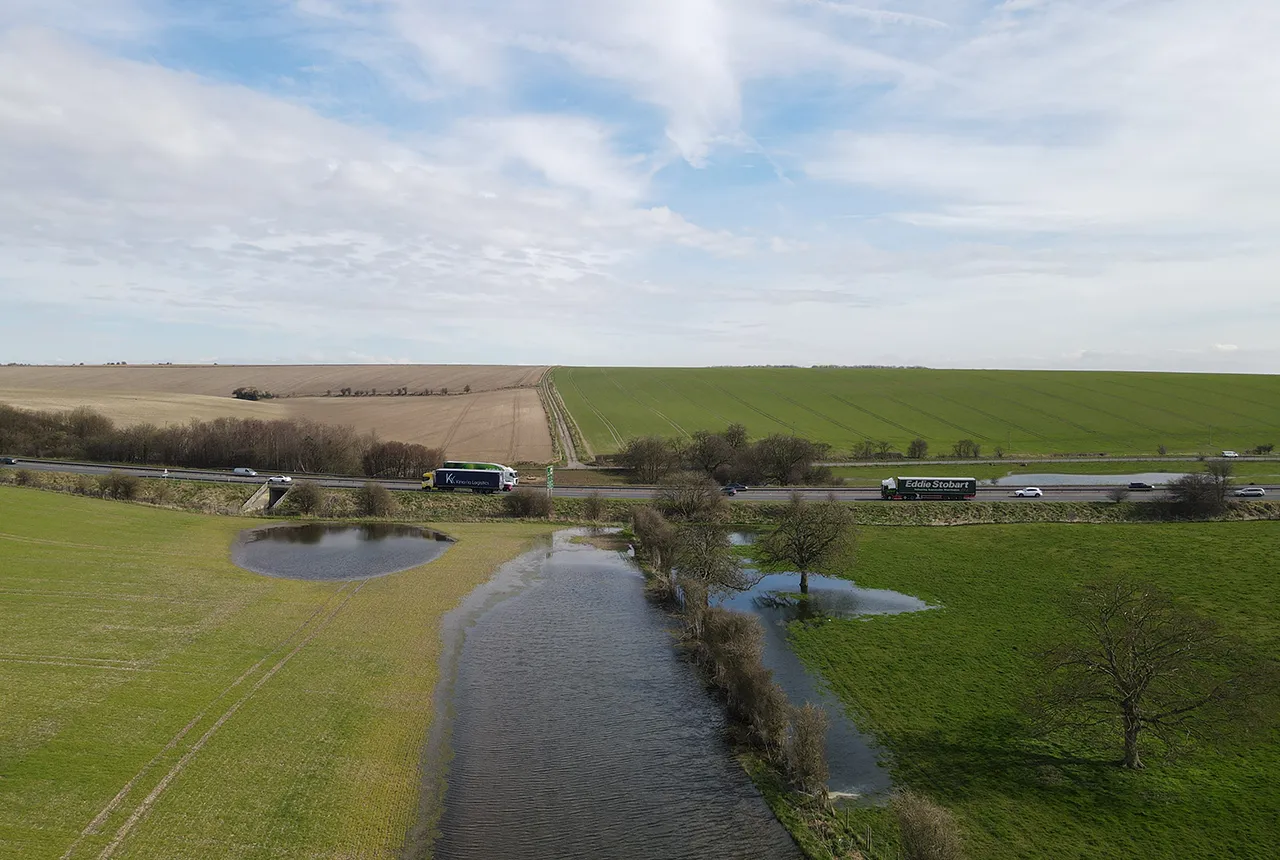
BGS’s first-of-its-kind online tool, Road Pollution Solutions, predicts which roads create the most run-off pollutants and how road pollution can be tackled with nature-based solutions. The tool helps local authorities to prioritise water-quality improvement interventions at roads where major road run-off pollution is occurring and in the greenspaces that lie between the roads and the rivers. It is now being extended to estimate the number of pollutants, including fertilisers and pesticides, that are transported into rivers in rural areas.
The first online map was launched in 2023 in London and was partly funded by the Mayor of London, Transport for London (TfL) and the Environment Agency. It now highlights more than 280 miles (450km) of the capital’s roads that have a higher risk of road run-off pollution. In total, the tool now covers roughly 3862.3 km (2400 miles or 10 per cent) of London’s major roads.
What causes the pollution?
Fertilisers, pesticides and animal waste in rural areas can run off into rivers, introducing chemicals and excess nutrients that can cause algal blooms, depleting oxygen and harming aquatic life. Similarly, run-off from roads can carry oil, heavy metals and other toxic substances into waterways, contaminating the water and affecting ecosystems. These pollutants not only harm wildlife but also threaten the quality of drinking water for communities.
How does the tool work?
The tool combines pollutant emission factors, local rainfall conditions, surface area and the make-up of traffic on particular routes, using official data to predict where pollution hotspots are likely to occur. Results are shown on an interactive map. The tool then suggests potential nature-based solutions, such as wetlands, ponds and rain gardens, alongside roads to manage pollution before the water discharges into streams or rivers.
The new, expanded tool
The expanded tool will be tested across the catchment of the upper River Thames, above Dorchester-on-Thames. This area is predominantly covered by arable crops and grassland, but it has varied geology and soils that affect the movement of water and pollutants through the landscape. It also includes urban areas and sections of the M4 and M40 motorways, which generate pollution in road run-off.
The project, which is funded by the Government Office for Technology Transfer, will last for 18 months.
The Road Pollution Solutions Tool, which was only launched just over a year ago, is already showing just how beneficial it is in highlighting which roads in London are at risk of road run-off pollution.
Expanding this tool further to include an integrated assessment of agricultural pollution risks means that we can assess these pollution sources and explore what can be done to reduce them.Chris Jackson, head of BGS Environmental Modelling.
Road Pollution Solutions is built on years of research by environmental charity Thames21 and its partner Middlesex University, as well as the South East Rivers Trust. The charity started its initial road runoff project identifying key polluting London roads in 2019, with funding help from the Greater London Authority, Transport for London and the Environment Agency.
Relative topics
Related news

Modern pesticides found in UK rivers could pose risk to aquatic life
17/06/2025
New research shows that modern pesticides used in agriculture and veterinary medicines have been found for the first time in English rivers.
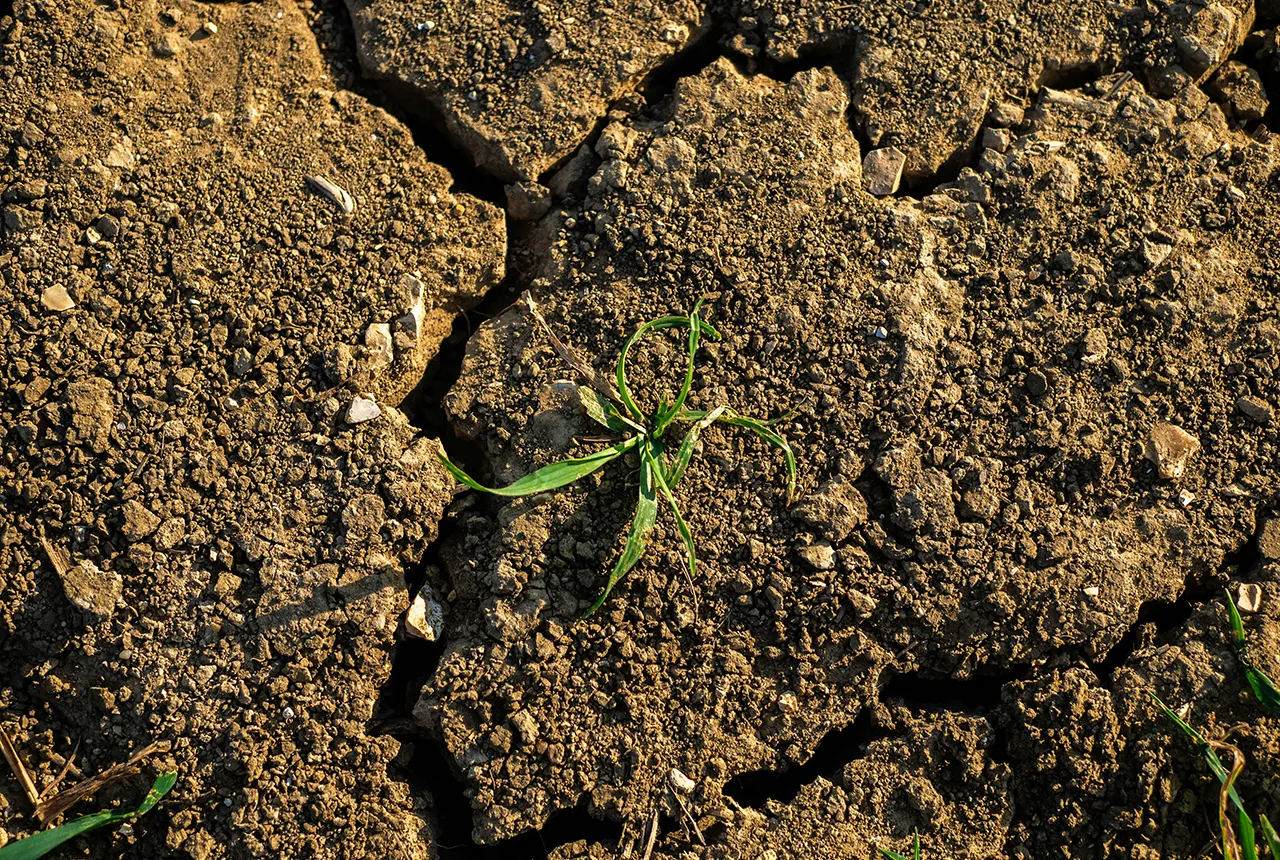
What is the impact of drought on temperate soils?
22/05/2025
A new BGS review pulls together key information on the impact of drought on temperate soils and the further research needed to fully understand it.
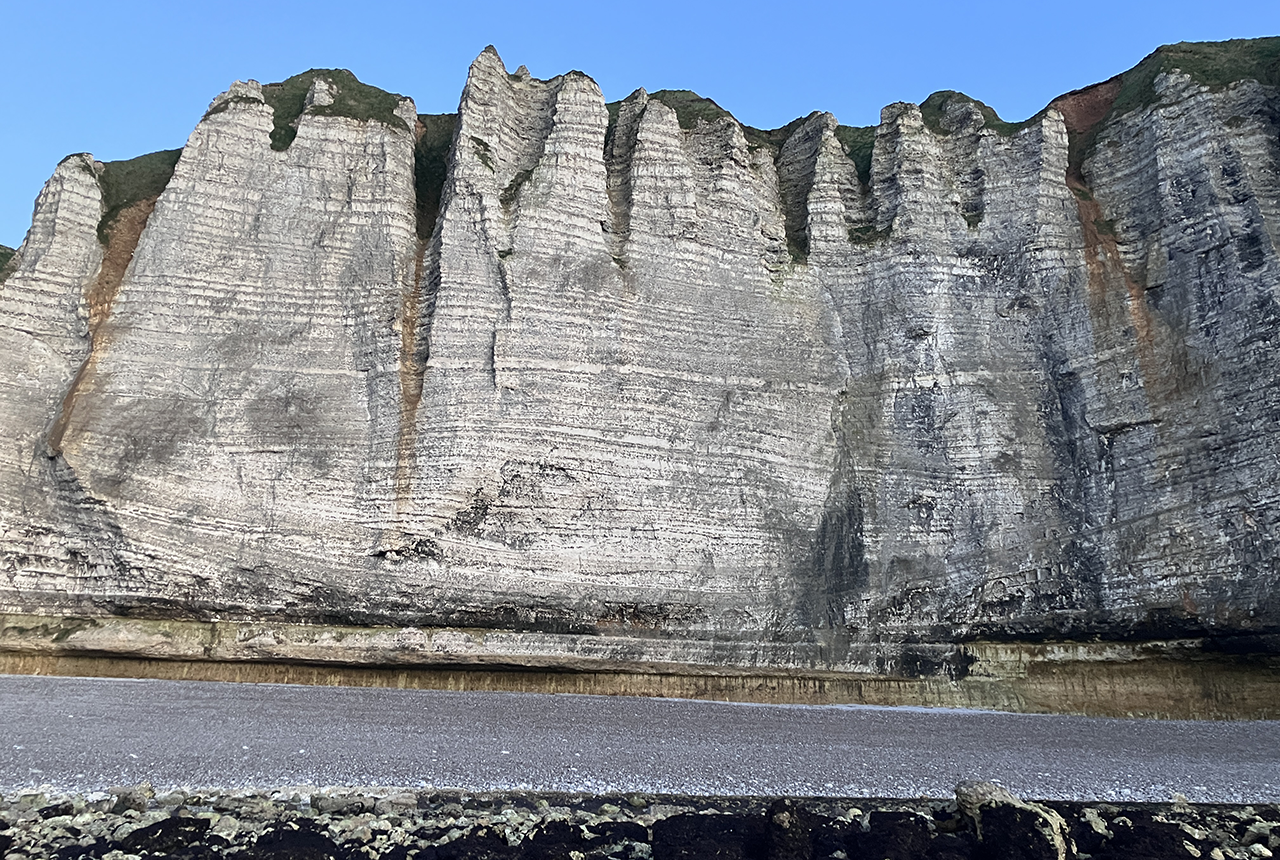
Geology sans frontières
24/04/2025
Geology doesn’t stop at international borders, so BGS is working with neighbouring geological surveys and research institutes to solve common problems with the geology they share.
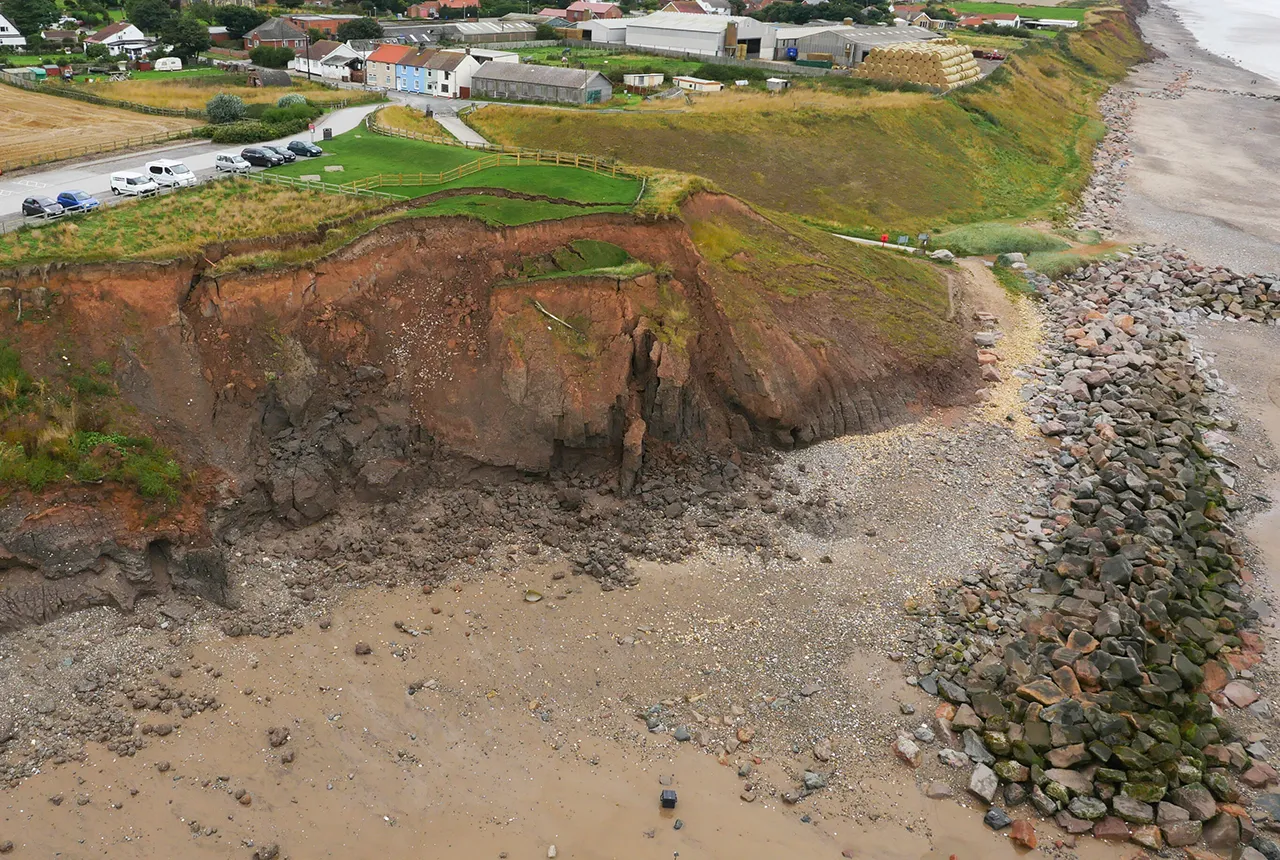
What does the next generation of coastal environmental models look like?
15/04/2025
A new tool is now available that has been designed to help coastal engineers and practitioners better manage the compound risk of coastal erosion and flooding.
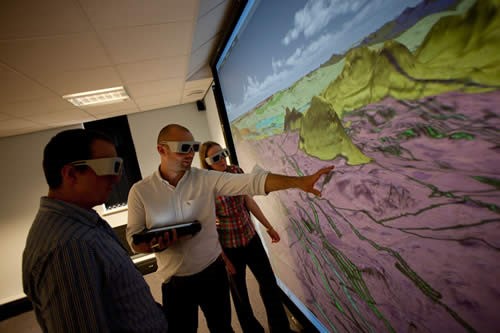
Celebrating 20 years of virtual reality innovation at BGS
08/04/2025
Twenty years after its installation, BGS Visualisation Systems lead Bruce Napier reflects on our cutting-edge virtual reality suite and looks forward to new possibilities.
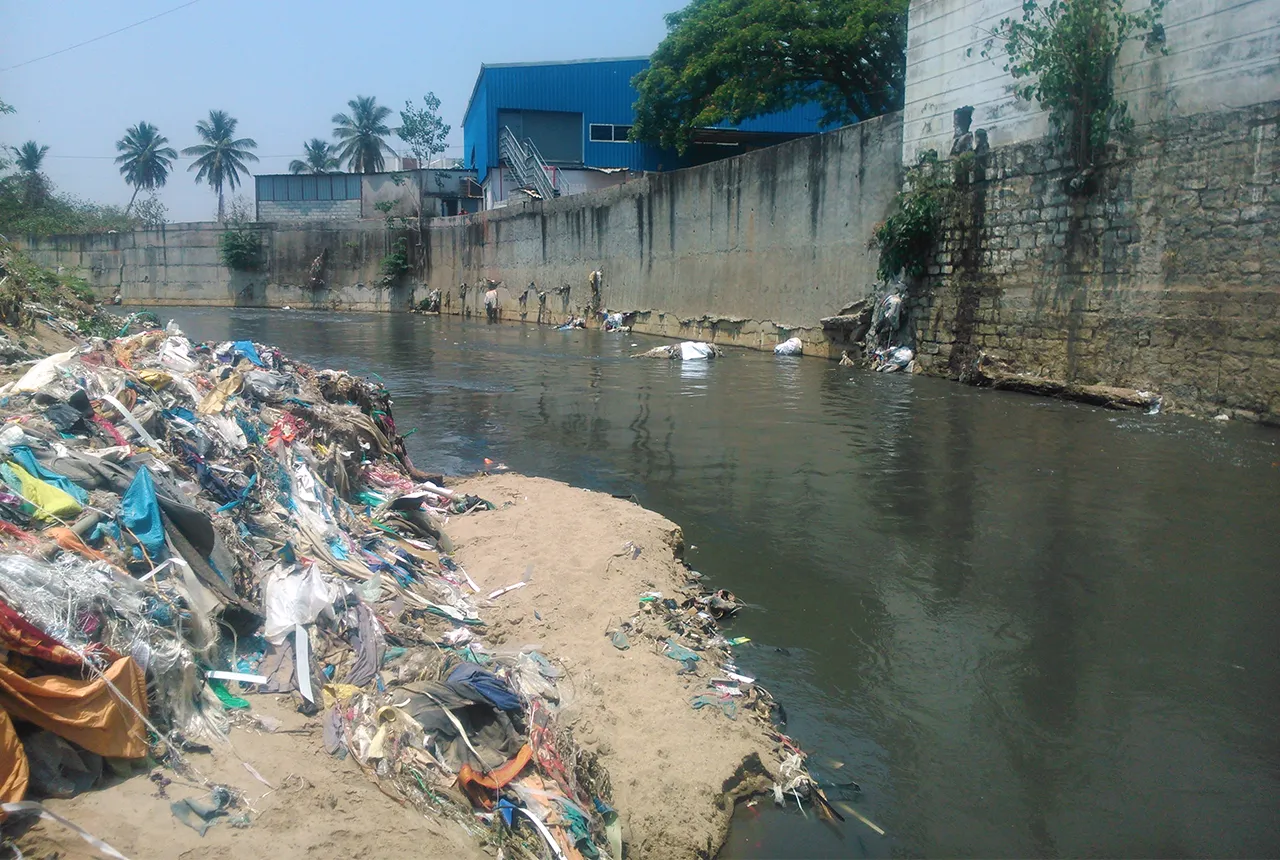
Presence of harmful chemicals found in water sources across southern Indian capital, study finds
10/03/2025
Research has revealed the urgent need for improved water quality in Bengaluru and other Indian cities.

Pioneering tool expanding to analyse agricultural pollution and support water-quality interventions
06/02/2025
An online tool that shows which roads are most likely to cause river pollution is being expanded to incorporate methods to assess pollution from agricultural areas.
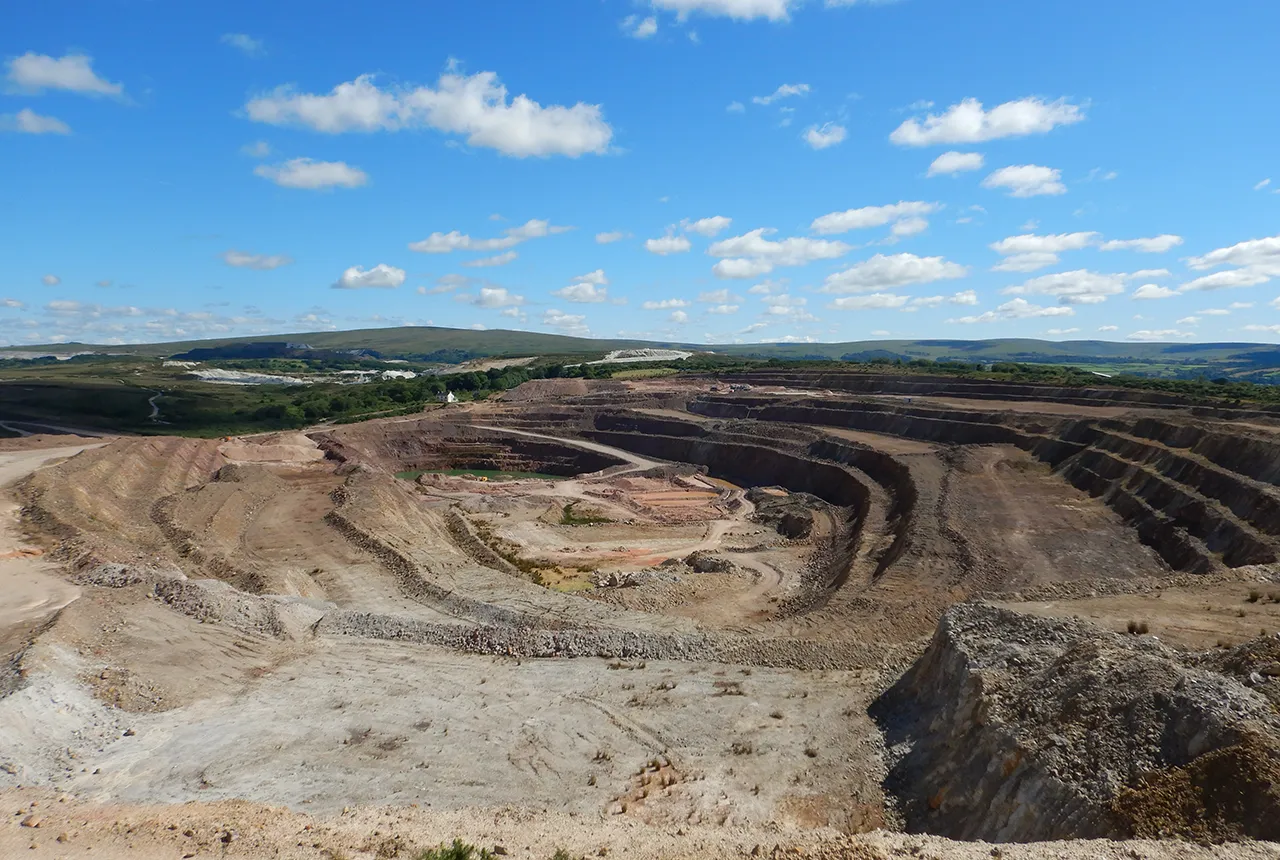
BGS makes significant advance in mineral data accessibility
10/12/2024
A new public application programming interface for the BGS World Mineral Statistics Database will revolutionise how users interact with critical data.
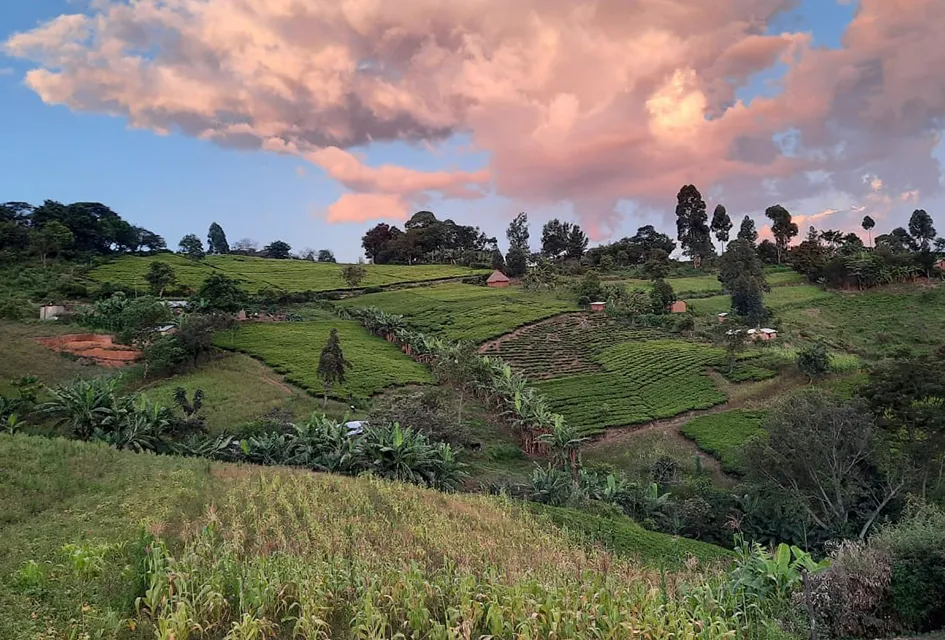
Dynamics of land-to-lake transfers in the Lake Victoria Basin
09/12/2024
In June 2024, a UK/Kenya research team shared research findings from a collaborative, four-year field and experimental programme within Kenya.

Brighid Ó Dochartaigh honoured with prestigious Geological Society award
27/11/2024
A recently retired BGS employee has been honoured for her contribution to the hydrogeological community.
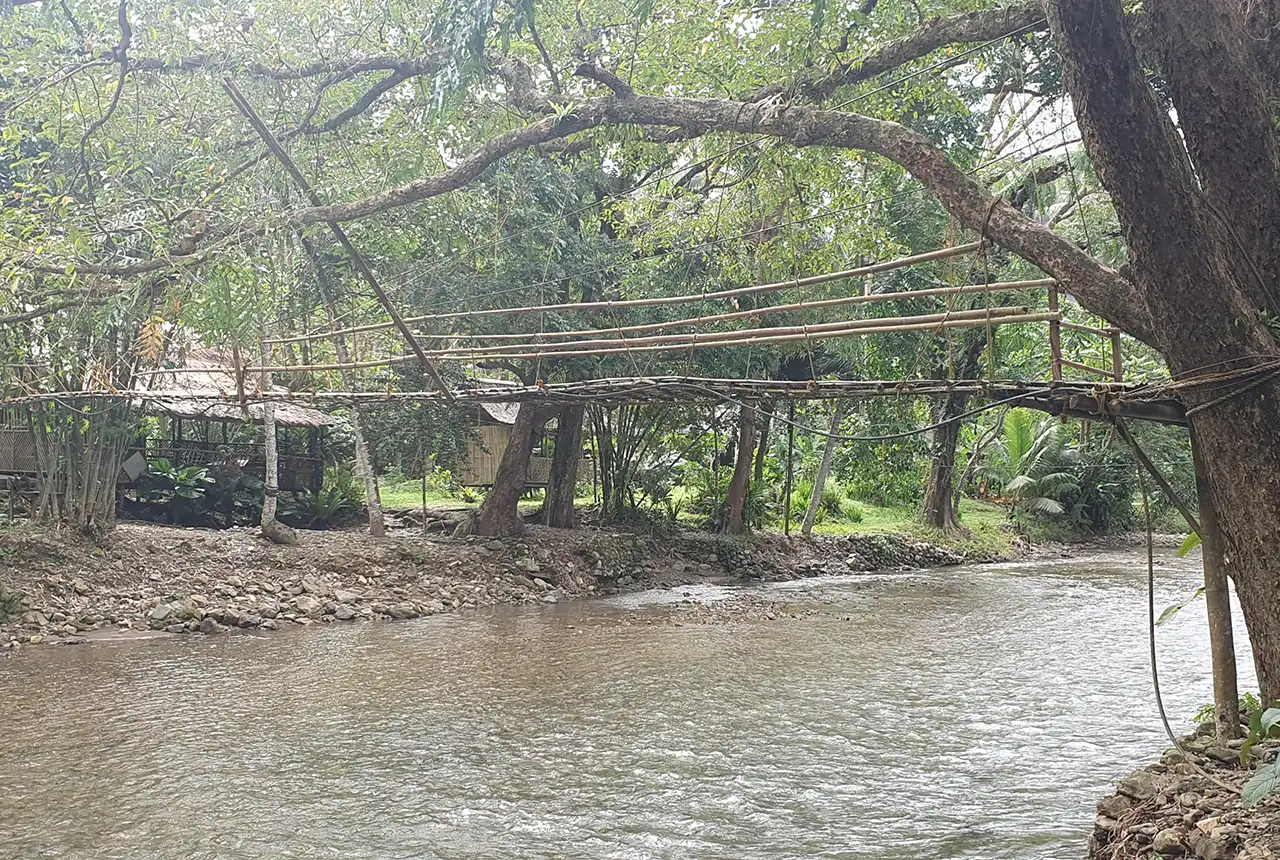
UK–Philippine partnership to help tackle the challenges of future water security in the Philippines
07/11/2024
New ‘hydrological hub’ to foster research and provide essential national water management datasets and tools.
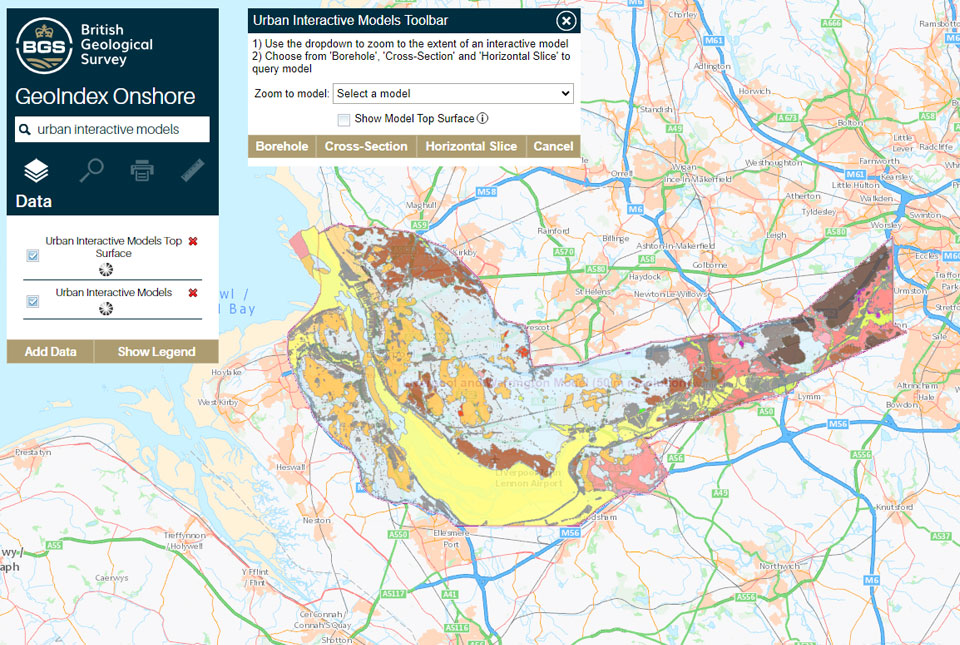
What lies beneath Liverpool?
11/10/2024
The geological secrets lying under the surface of Liverpool and Warrington have been unveiled for the first time in BGS’s 3D interactive tool.



